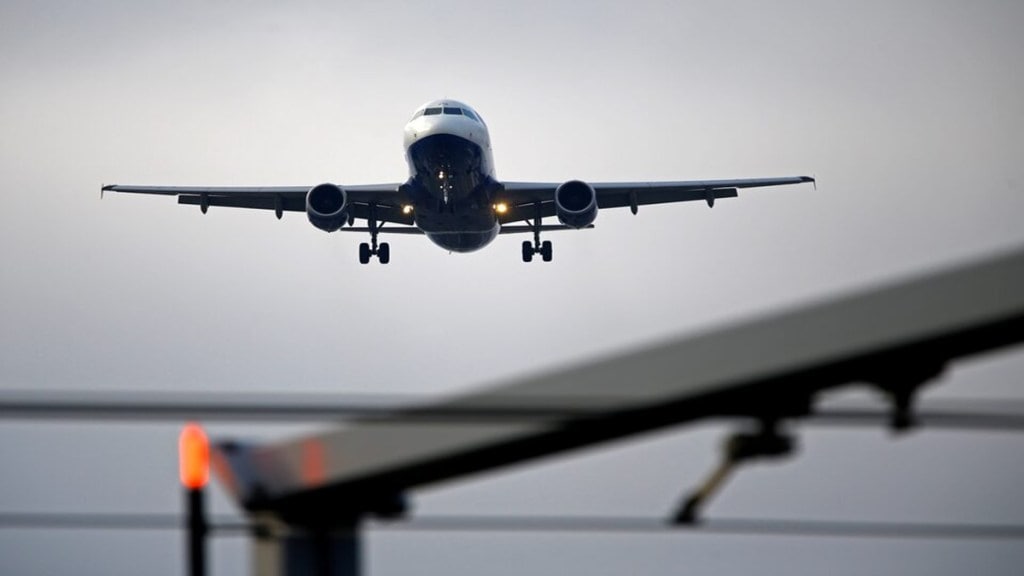The government is working on a new financing model for highway development that will further reduce the risk for private developers and will, in a couple of days, unveil an overhauled concession model for building roads through the Built Operate Transfer (BOT) mode.
The complete restructuring of the Model Concession Agreement (MCA) after 15-16 years has taken nine months during which “each word, clause and sentence” has undergone review, Secretary in the Ministry of Road Transport and Highways V Umashankar said on Tuesday.
A key proposal is to come out with a new system – Build Operate Transfer (Toll and Annuity) – for pure-play public private partnership projects.
Apart from reworked concession agreement for BOT-Toll, the ministry is also working on the revision of model bid documents for Hybrid Annuity Model (HAM) that will be completed in a month, the secretary said, at the conference on road sector organised by the Confederation of Indian Industry (CII). Later, the revision of model concession agreement of the development of highways through Engineering Procurement and Construction will also be taken up.
“The BOT-(Toll and Annuity) is at the conception stage. Broad ideas have come in and now details need to be filled up,” Umashankar said. BoT (Toll) and BoT (Annuity) models are still available separately. However, no bids are called under BoT (Annuity) as it has been replaced by HAM.
Under the BoT model the private developer bears the entire cost of highway development and collects a toll or user fee for 20 years to recoup its investments. The HAM model of highway development was announced in 2016 when developers stopped bidding for BoT projects, In HAM the National Highways Authority of India (NHAI) pays 40% of the cost of highway construction upfront to the concessionaire and rest in instalments. Under EPC the government agency bears the full cost of making the highway.
In the new MCA for BoT (Toll) there would be two bid parameters. Apart from costs, performance would also be a criteria for selection of concessionaires. The NHAI in cooperation with the government would be settling all pre-construction issues prior to entering into a contract. “Working with railways to sort out issues, working with the Ministry of Environment and the Forest Department in the states to sort out issues, make the process of obtaining clearances easier,” the secretary said.
“The contract which would have got executed otherwise everything going well in say 3 years will probably get executed in 2 years because there are no surprises.” This may increase the time taken for awarding the highways from 4-6 months to a year but it would minimise the surprises and uncertainties. In the new MCA for BoT (Toll) responsibilities will be clearly stated.
It will also have the provision for sharing of revenue risk. In the bid document the tariff projections will be stated by the NHAI. The bidders can place their bids based on their assessment. “But if our target traffic falls, so you have something which is less than 10% below, in the first 7 years there will be cash support. Thereafter it will get into the concession period adjustment,” Umashankar said.
The document will also clearly state the rates of payment to the concessionaires if the NHAI wants changes in the scope of work, which could be in the form of additional underpasses or service roads. It will also have provisions for smooth exit to developers.
“On dispute resolution, we have found that the conciliation mechanism works far better than the arbitration mechanism,” the secretary said.


